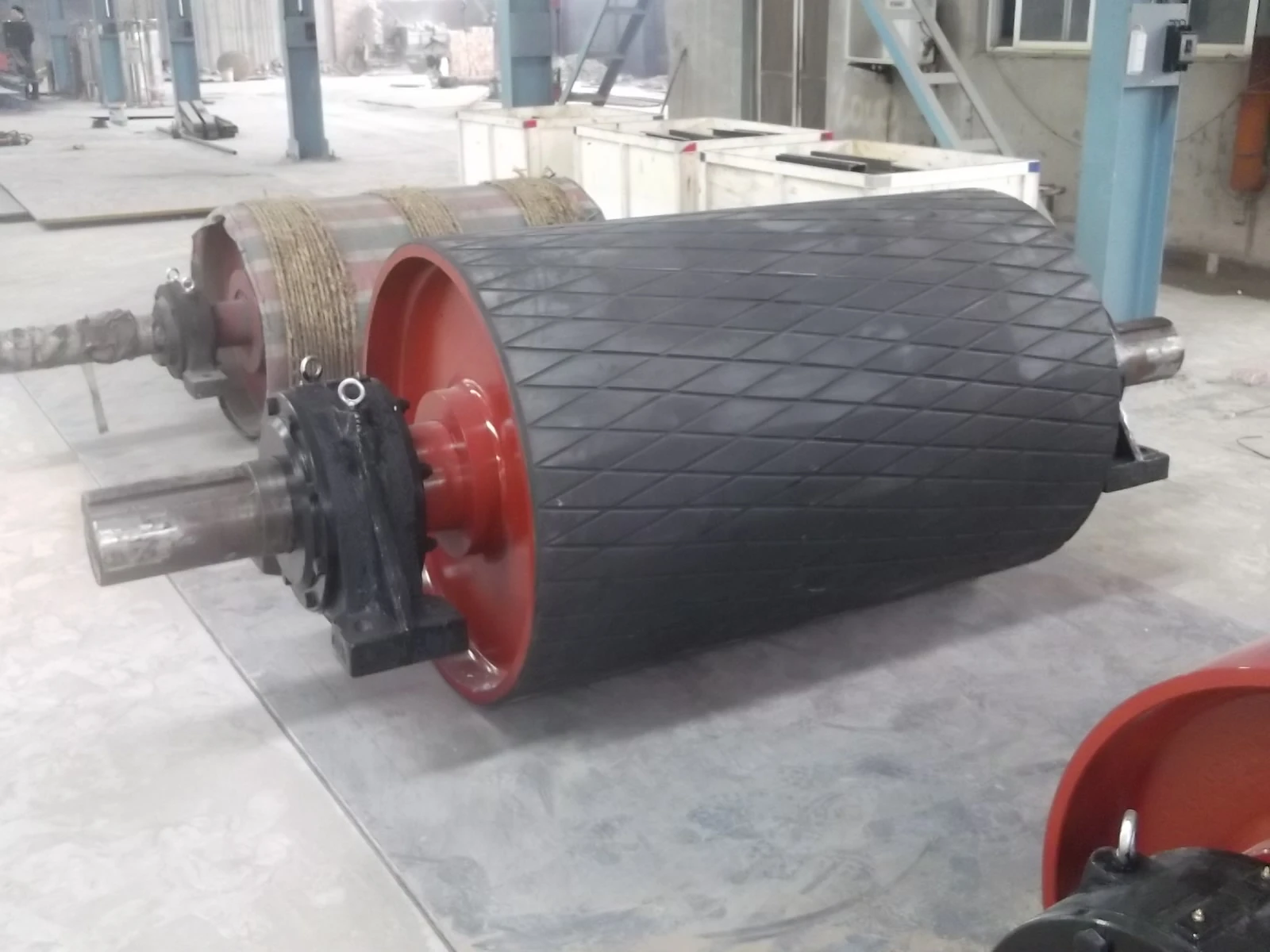 Afrikaans
Afrikaans  Albanian
Albanian  Amharic
Amharic  Arabic
Arabic  Armenian
Armenian  Azerbaijani
Azerbaijani  Basque
Basque  Belarusian
Belarusian  Bengali
Bengali  Bosnian
Bosnian  Bulgarian
Bulgarian  Catalan
Catalan  Cebuano
Cebuano  Corsican
Corsican  Croatian
Croatian  Czech
Czech  Danish
Danish  Dutch
Dutch  English
English  Esperanto
Esperanto  Estonian
Estonian  Finnish
Finnish  French
French  Frisian
Frisian  Galician
Galician  Georgian
Georgian  German
German  Greek
Greek  Gujarati
Gujarati  Haitian Creole
Haitian Creole  hausa
hausa  hawaiian
hawaiian  Hebrew
Hebrew  Hindi
Hindi  Miao
Miao  Hungarian
Hungarian  Icelandic
Icelandic  igbo
igbo  Indonesian
Indonesian  irish
irish  Italian
Italian  Japanese
Japanese  Javanese
Javanese  Kannada
Kannada  kazakh
kazakh  Khmer
Khmer  Rwandese
Rwandese  Korean
Korean  Kurdish
Kurdish  Kyrgyz
Kyrgyz  Lao
Lao  Latin
Latin  Latvian
Latvian  Lithuanian
Lithuanian  Luxembourgish
Luxembourgish  Macedonian
Macedonian  Malgashi
Malgashi  Malay
Malay  Malayalam
Malayalam  Maltese
Maltese  Maori
Maori  Marathi
Marathi  Mongolian
Mongolian  Myanmar
Myanmar  Nepali
Nepali  Norwegian
Norwegian  Norwegian
Norwegian  Occitan
Occitan  Pashto
Pashto  Persian
Persian  Polish
Polish  Portuguese
Portuguese  Punjabi
Punjabi  Romanian
Romanian  Russian
Russian  Samoan
Samoan  Scottish Gaelic
Scottish Gaelic  Serbian
Serbian  Sesotho
Sesotho  Shona
Shona  Sindhi
Sindhi  Sinhala
Sinhala  Slovak
Slovak  Slovenian
Slovenian  Somali
Somali  Spanish
Spanish  Sundanese
Sundanese  Swahili
Swahili  Swedish
Swedish  Tagalog
Tagalog  Tajik
Tajik  Tamil
Tamil  Tatar
Tatar  Telugu
Telugu  Thai
Thai  Turkish
Turkish  Turkmen
Turkmen  Ukrainian
Ukrainian  Urdu
Urdu  Uighur
Uighur  Uzbek
Uzbek  Vietnamese
Vietnamese  Welsh
Welsh  Bantu
Bantu  Yiddish
Yiddish  Yoruba
Yoruba  Zulu
Zulu Benefits of Conveyor Pulley Lagging for Enhanced Efficiency and Durability in Material Handling
Understanding Conveyor Pulley Lagging Importance and Applications
Conveyor systems are integral to many industries, facilitating the efficient movement of materials and products. One key component of these systems is the conveyor pulley, which is essential for the belt's operation and overall system efficiency. To enhance the performance and longevity of conveyor pulleys, lagging is applied to their surfaces. This article explores what conveyor pulley lagging is, its importance, types, and applications.
What is Conveyor Pulley Lagging?
Conveyor pulley lagging refers to the material that is applied to the surface of a pulley to improve its grip on the conveyor belt. This layer serves multiple purposes, including preventing slippage, reducing wear and tear on both the pulley and the belt, and providing additional protection against environmental factors. Lagging can be made from various materials, including rubber, ceramic, or polyurethane, depending on the specific requirements of the application.
Importance of Lagging in Conveyor Systems
1. Increased Friction and Grip One of the primary functions of lagging is to increase the friction between the pulley and the conveyor belt. This enhanced grip ensures that the belt operates efficiently without slipping, which is crucial for maintaining the system's overall performance. Slippage can lead to material spillage, decreased productivity, and increased wear on both the belt and the pulley.
2. Protection against Wear Conveyor systems operate in harsh environments where pulleys are subjected to various stresses and potential damage. Lagging serves as a protective layer that absorbs impacts and reduces the wear on the underlying metal surface of the pulley. This not only prolongs the life of the pulley but also minimizes maintenance costs associated with frequent replacements.
3. Mitigation of Material Transfer Issues During the transfer of materials, especially bulk goods, there can be significant friction and wear on the conveyor components. Proper lagging can help mitigate these issues, ensuring smoother operation and less disruption in the material transfer process.
conveyor pulley lagging

4. Resistance to Environmental Factors Conveyor systems are often exposed to harsh conditions, including extreme temperatures, moisture, and chemicals. Lagging materials are chosen based on their ability to withstand these factors, thus enhancing the resilience of the conveyor system as a whole.
Types of Conveyor Pulley Lagging
1. Rubber Lagging This is the most common type of lagging material due to its excellent grip and durability. Rubber lagging is available in various thicknesses and can be smooth or textured, depending on the application requirements.
2. Ceramic Lagging Ceramic lagging consists of ceramic tiles fixed to the pulley surface. It offers exceptional wear resistance and is especially beneficial in applications involving abrasive materials, such as minerals and aggregates.
3. Polyurethane Lagging This type of lagging provides a lighter alternative to rubber and ceramic while still offering good wear resistance and grip. It is often used in applications where weight reduction is a priority.
Applications of Conveyor Pulley Lagging
Conveyor pulley lagging is utilized across numerous industries, including mining, material handling, agriculture, and manufacturing. In mining, for instance, the rigorous demands of transporting heavy and abrasive materials necessitate durable lagging solutions to ensure system efficiency and longevity. Similarly, in manufacturing and agriculture, lagging helps maintain smooth operations in the movement of goods and raw materials.
In conclusion, conveyor pulley lagging is an essential component of conveyor systems, providing crucial benefits that enhance performance, reduce maintenance costs, and extend the lifespan of both pulleys and belts. Choosing the right type of lagging based on specific operational conditions can make a significant difference in the efficiency and reliability of conveyor systems. As industries continue to evolve and demand higher productivity, the importance of effective pulley lagging will undoubtedly remain a key factor in conveyor system design and operation.
-
Revolutionizing Conveyor Reliability with Advanced Rubber Lagging PulleysNewsJul.22,2025
-
Powering Precision and Durability with Expert Manufacturers of Conveyor ComponentsNewsJul.22,2025
-
Optimizing Conveyor Systems with Advanced Conveyor AccessoriesNewsJul.22,2025
-
Maximize Conveyor Efficiency with Quality Conveyor Idler PulleysNewsJul.22,2025
-
Future-Proof Your Conveyor System with High-Performance Polyurethane RollerNewsJul.22,2025
-
Driving Efficiency Forward with Quality Idlers and RollersNewsJul.22,2025





























